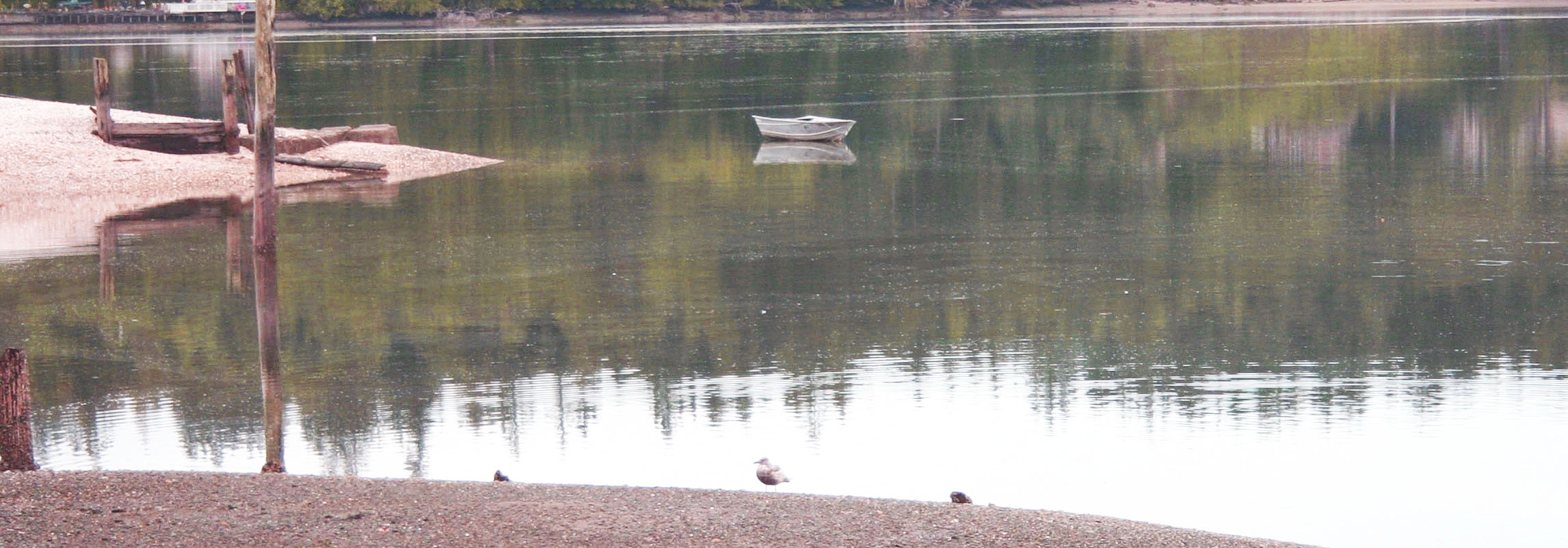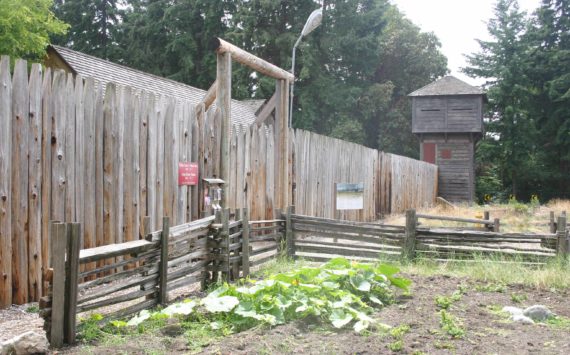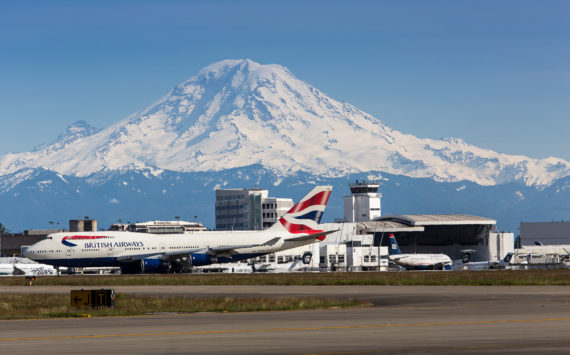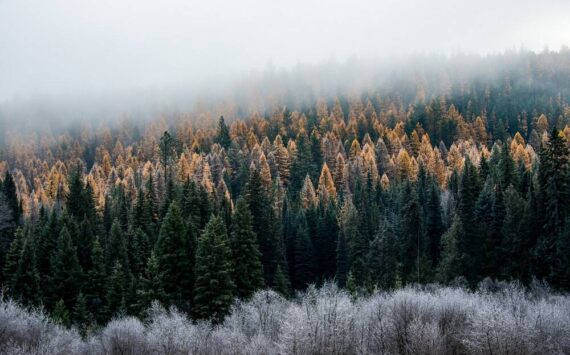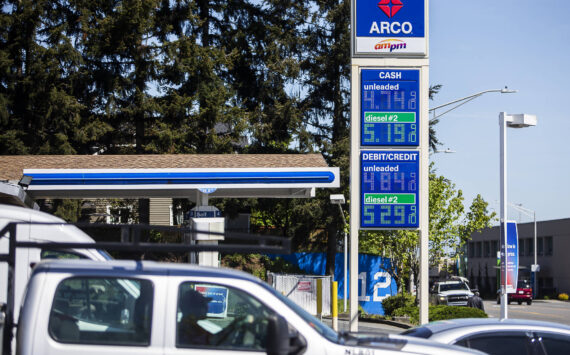Shellfish seed sale inspires hobby farmers to keep waters clean


By David Guest
Tacoma Daily Index editor
They lined up outside of Shelton, early on a Saturday morning, carrying coolers and awkwardly balancing cups of coffee in the crooks of their arms while trying to tighten their grips on the leashes attached to their dogs.
But there was an aura of excited anticipation in the crowd of men, women, beagles and yellow labs that stretched toward the popup canopies outside of Taylor Shellfish Farms’ processing facility near Skookum Inlet between Shelton and Olympia. They patiently waited to load up on clams and oysters, but they weren’t there to secure mollusks for dinner that night. They were looking to start or add to their gardens and the “seeds” they were seeking wouldn’t grow to fruition for two or three years.
Taylor Shellfish Farms holds shellfish seed sales for the public several times a year in Shelton, Samish Bay and Quilcene, allowing individuals with a piece of Puget Sound tideland to try their hand at farming clams, mussels, oysters and those uniquely Northwest giant clams, the geoduck.


“We stole the idea of the seed sales from the east coast, from the Chesapeake Bay, where there’s a long history of what they call ‘oyster gardeners’ that grow oysters from their docks,” said Bill Dewey, Taylor director of public affairs.
Chesapeake Bay residents began growing oysters as a boost to the ecosystem, rather than for food, Dewey explains. The tasty oyster is nature’s perfect water filter, feeding on the phytoplankton that grows excessively when the waters have excess nutrients caused by – along with natural events – human influences such as fertilizer run-off, farming and faulty septic systems.
“They have a problem with excess nutrients that are creating a lot of environmental problems in the bay,” said Dewey. “Nutrient pollution wasn’t as much of a problem for us when we started doing seed sales. We use it as an educational tool, so people see the link between water quality and what they eat.”
The sales have become a huge success and their popularity has grown as neighboring beach owners discover that they can easily start their own shellfish garden to rival the one next door.
Rob Harrison, a Chesapeake Bay transplant, attended his first shellfish seed sale after developing some envy over his Anderson Island neighbor’s oyster harvest from bags hanging off his dock. “There’s some butter clams and horse clams there, but we’d like some steamers,” Harrison said of his 100 feet of the beach. “And (we’d like to grow) oysters, particularly to have when the guests come.”
Taylor Shellfish harvests the tiny mollusks from huge breeding tanks and then transports the seedlings to plant at one of their commercial farms located in South Puget Sound, Hood Canal, Samish Bay and Willapa Bay. That same shellfish seed is made available to the public at the sales, along with grow bags, predator protection netting, geoduck tubes and a wealth of expert advice and information.
Manila clam seed are no bigger than the size of a pinky fingernail and sell for a little more than $10 per thousand. Taylor Shellfish recommends planting them at a rate of 100 per square foot in a zone that is one to five feet above the average of the low tide. Netting, called “car cover” is placed over the planted seed, staked down to sea bottom, and edges buried to keep predators like crabs and fish out of the clam garden. In a couple of years, even the inattentive gardener may be feasting on a steamer pot of the delicious creatures. No watering, fertilizing or weeding required.
“One of the really great things I like – I hunt, I gather, I fish, I have a big garden – is to try and produce as much of my food as possible,” said Harrison, while looking over Taylor’s available seed options. “I’m kind of excited about the idea of farming. It’s like a dream come true.”
Harrison is exactly the type of individual that Taylor Shellfish is hoping will take up shellfish gardening on their tidelands. They don’t worry about the hobby gardener expanding and cutting into their business. The regulation and licensing required to open a commercial operation is likely a big enough task to keep those like Harrison thinking small. But the more people invested in keeping their local waters clean, the better it is for commercial seafood farmers whose bottom lines depend on being able to harvest and sell uncontaminated products.
“That (fecal chloroform) bacteria is a real challenge for us,” said Dewey. “That water needs to be clean if you are thinking about eating these things in a few years when they’re big enough. You might want to have your septic tank inspected, or talk to your neighbors about the status of their septic system.”
For the hobbyist, the reward is dining on oysters and clams harvested from their own beach. The commercial growers like Taylor Shellfish, the payoff is cleaner water to protect their own interests. While commercial shellfish farming isn’t without some controversy, the seed sales seem to be a win-win situation for everyone, even those who don’t have a spot on the shoreline.
“While they are having fun growing shellfish, they are motivated to help us take care of the water quality,” Dewey said while returning on a boat from a harvest site. “It’s fun and it’s gratifying. It’s succeeded beyond our wildest dreams.”
Taylor Shellfish Farms seed sales*
Shelton – July 23, Aug. 27, 8-11 a.m.
Samish Bay – July 30, 8-11 a.m.
Quilcene – Aug. 20, 9 a.m.-noon
*-first come, first served
www.taylorshellfishfarms.com/seed-sales





